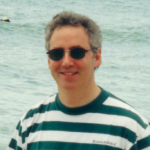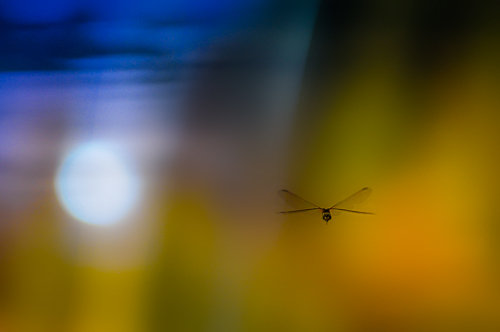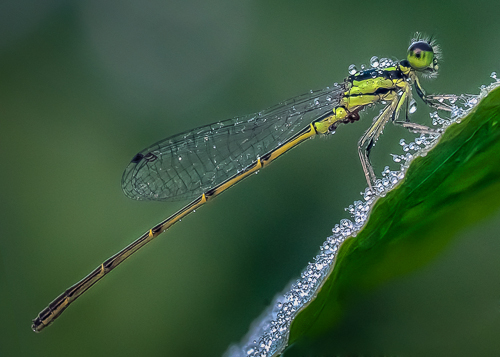Theme Essay by Marc Schiffman
Nature Returns to the Killing Fields
One morning in Phnom Penh, in 1992, I spoke with the owner of a motorbike. Through hand signals and some rudimentary English, we agreed on a price—a pittance in dollars—and I hopped onto the back of his bike.
We zipped down the wide city street. Outdoor barbershops lined the sidewalk. Hawkers sold clothes, cigarettes, and vegetables from large straw-woven baskets. In the distance, I saw the spire of the Temple of the Emerald Buddha. The air smelled of jasmine incense.
Within minutes, we’d left the city for rural roads, which quickly turned to dirt. We passed wooden shacks stacked with fruit and Tiger beer. Water buffaloes grazed in paddy fields.
People stared at me. A few barefooted children waved. Back then, foreigners rarely ventured from Phnom Penh, the capital of Cambodia, because small cadres of Khmer Rouge still lingered in the countryside.
About thirty minutes later, we turned onto a much narrower road and stopped. My driver lazily gestured to the spot in the road I was to follow. There were no other motorbikes or people. He moved into the shade of overhanging palm branches, lighting a cigarette, while I went on alone.
The day’s heat bore down. I walked slowly around the tree-lined bend to the edge of a large, sunny field. I was the only living person present.
The field was full of human bones. The land, bare and unfertile, seemed tortured, as if the vegetation had been slashed and burned. It appeared inhospitable to anything alive—lizards, insects, plants. There was no sound, only the eerie hum of a brutally hot day.
I walked down a slender path, farther into the field, squinting against the bright sunlight and what the Khmer Rouge of the mid-1970s had done to their own people. The bones and skulls of men, women, children, old and young, all slaughtered, were partially visible in the excavated area. Hundreds of thousands, nearly one-third of Cambodia’s population, had been exterminated. These fields had been used as a dumping ground, and in 1992, only one section, the size of a small pond, had been unearthed.
There were no barriers then. You could walk out as far as you wanted.
The air was breathless. The trees that bordered the field appeared frozen in the shimmering heat. I paused on the path, knelt, and touched the smooth concave shell of a human rib bone. Next to it rested the top of a human skull. The empty eye sockets were half exposed.
I felt an immeasurable emptiness, the kind that confirms how long ghosts have roamed the planet. Cautiously, I removed my fingers from the bone.
Sweat dripped from my chin as I walked back to where the driver waited. Without a word, he rose from a sitting position and straddled the motorbike, disgust covering his face. He shook his head and said something in Khmer. We rode back to the city.
Ten years later, I returned to Cambodia—or Kampuchea, as it is now called—and revisited the killing fields. By 2002, a rope had been erected so that you couldn’t walk among the bones. In the shadow of a tree, a man sold Coke from a large metal stand. Four or five people, with cameras, stood awkwardly staring at the field.
Despite the people, the same desolate feeling hung in the air. But a few things had changed. Butterflies flew out from the nearby trees, and the land, once barren and scarred, had begun to turn green with long, feathery stalks.
There was the fragrant scent of vegetation. Birds flew overhead, and I could hear their chatter from the jungle.
I wanted this place to change. I needed to understand the carnage that may always remain fathomless. But as I stood there for a second time, I felt nature beckoning and forgiving, rejuvenating the land, the green stalks conveying a message of hope amid the ruins.
 Marc Schiffman has published short stories in the Xavier Review, Literary Review, Greensboro Review, Sycamore Review, and in other literary journals. His novel The Man Who Controls the Earth was published in 2012.
Marc Schiffman has published short stories in the Xavier Review, Literary Review, Greensboro Review, Sycamore Review, and in other literary journals. His novel The Man Who Controls the Earth was published in 2012.
Marc has lived in Japan, South Korea, and Thailand. When asked if he could change one thing about himself he replies, “I’d give more and take less.” Instead of being a writer he would be a “pilgrim/traveler/itinerant golfer.”
His piece “Bangkok: A Writer’s Quest for Quiet” appeared in the May/June 2012 issue of Talking Writing.


